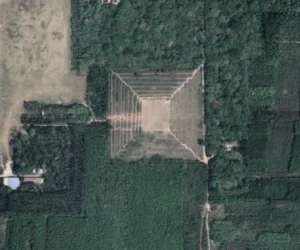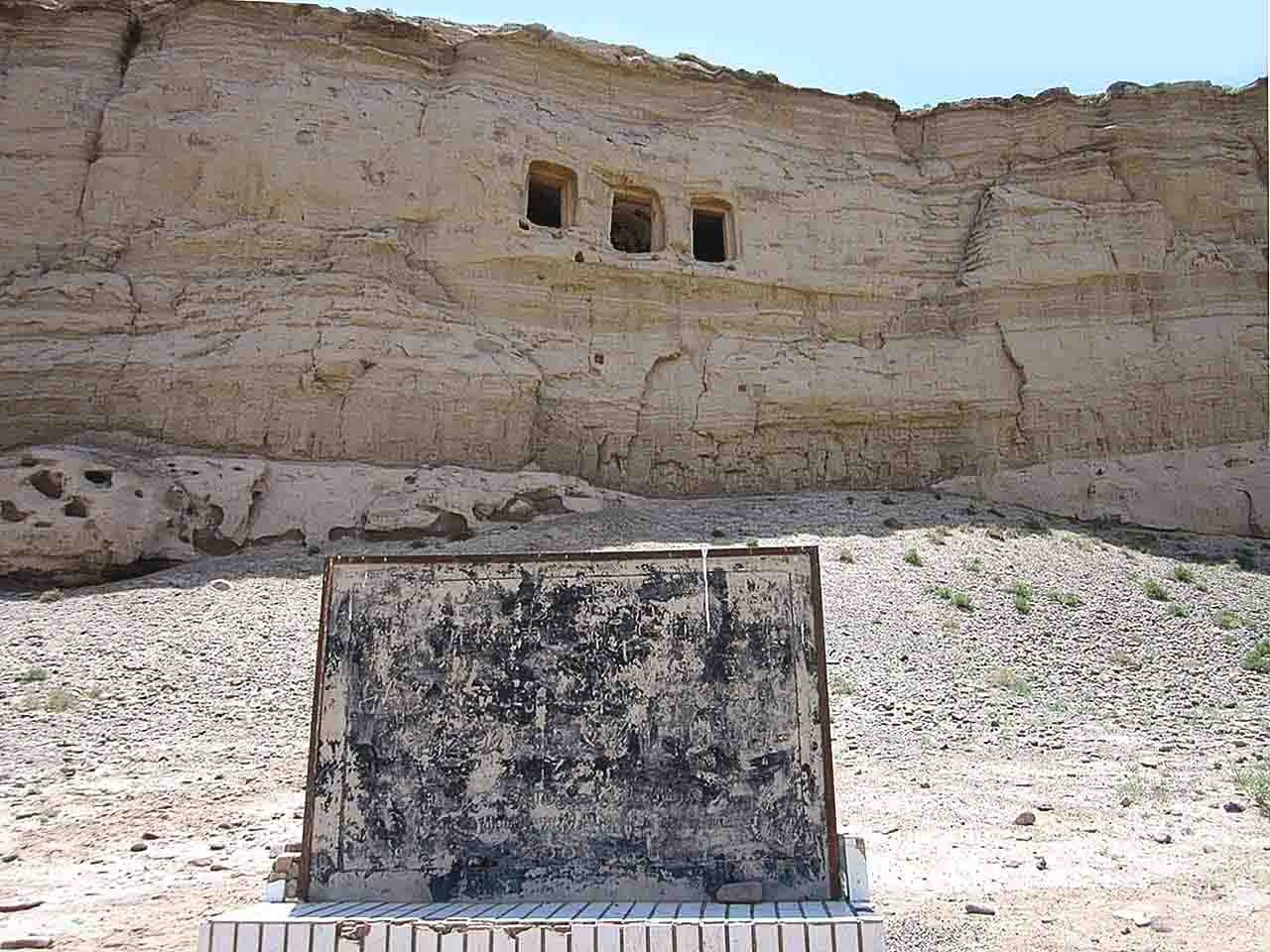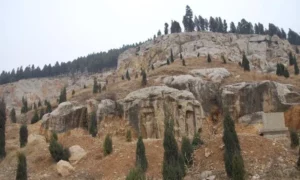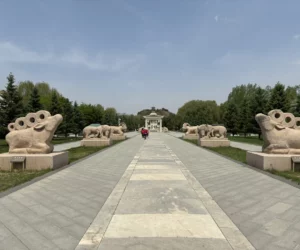The Tomb of Wang Zhaojun: A Symbol of Unity and Friendship The Tomb of Wang Zhaojun, also known as Qingzhong, stands prominently in the central area of the Zhaojun Museum. This historical site is located on the expansive Hohhot Plain within the Great Wall region of northern China. The tomb, shaped like an inverted funnel,…
Eastern Han Dynasty
The Eastern Han Dynasty, spanning from AD 25 to AD 220, marked a significant era in Chinese history, following the brief interregnum of the Xin dynasty. This period, also known as the Later Han, began when Liu Xiu, a descendant of the Western Han dynasty’s imperial family, reestablished Han rule from its new capital, Luoyang, after the fall of Wang Mang’s short-lived Xin dynasty. The Eastern Han era was characterized by significant developments in arts, science, and the consolidation of Confucianism as the state philosophy, which profoundly influenced the social fabric and governance of the empire.
One of the major moments in the Eastern Han Dynasty was the reign of Emperor Guangwu, who, after a series of military campaigns, successfully reunified China under the Han banner by AD 36. His leadership restored stability and prosperity, which had been severely disrupted during the Wang Mang interlude. Another significant figure was Emperor Wu (AD 141-87), known for his administrative reforms and efforts to centralize government control, which included reducing the power of local warlords and promoting Confucianism as the guiding philosophy for the empire.
Religion during the Eastern Han Dynasty was a complex tapestry that included traditional Chinese folk religion, Taoism, and the introduction of Buddhism into China. The arrival of Buddhism, traditionally dated to the first century AD, marked a significant cultural and religious shift. Although it initially faced resistance, Buddhism gradually gained followers and began to influence Chinese society and thought, coexisting with the already established Confucian and Taoist traditions.
Social and daily life in the Eastern Han Dynasty was deeply influenced by Confucian ideals, which emphasized hierarchy, filial piety, and loyalty. The family was the central unit of society, and ancestral worship was a common practice. Agriculture was the backbone of the economy, with the majority of the population engaged in farming. The Silk Road trade also flourished during this time, facilitating cultural exchange and economic prosperity through trade with the West.
The Eastern Han Dynasty saw a succession of rulers, each contributing to the dynasty’s legacy in various ways. However, the later years of the dynasty were marked by corruption, eunuch interference in politics, and the power struggle between warlords, which eventually led to its decline. The last emperor, Emperor Xian, was a puppet ruler under the warlord Cao Cao and abdicated in AD 220, marking the end of the Han Dynasty and the beginning of the Three Kingdoms period.
Wars and battles were frequent occurrences as the dynasty sought to defend its borders and maintain internal stability. The Han-Xiongnu War, which lasted several decades, was a series of military campaigns against the nomadic Xiongnu confederation in the northern territories. These campaigns were crucial in securing the Silk Road and expanding Han influence into Central Asia. Additionally, internal strife and rebellion, such as the Yellow Turban Rebellion in AD 184, underscored the social unrest and contributed to the dynasty’s eventual downfall.
Culturally, the Eastern Han Dynasty was a golden age for Chinese literature, art, and science. The invention of paper during this period revolutionized record-keeping and education. In the realm of science, the astronomer Zhang Heng invented the first water-powered armillary sphere for astronomical observations. The period also saw the compilation of significant literary works, including the “Book of Later Han,” which chronicled the history of the dynasty.
The Eastern Han Dynasty, with its rich cultural achievements and significant historical impact, remains a pivotal period in Chinese history. It was a time of great intellectual and artistic flourishing, as well as political and social evolution, which laid the groundwork for the subsequent periods of division and eventual reunification under the Sui and Tang dynasties.

Chinese Pyramids
Understanding Chinese Pyramids The term “Chinese pyramids” refers to pyramid-shaped structures in China. These structures primarily serve as ancient mausoleums and burial mounds. They house the remains of several early Chinese emperors and their imperial relatives. Approximately 38 of these pyramids sit 25 to 35 kilometers northwest of Xi’an, in Shaanxi Province’s Guanzhong Plains. The…

Three Immortals Buddhist Caves
The Three Immortals Buddhist Caves are a remarkable set of grottoes carved into the cliffs of Mount Xiqiao, in the Nanhai District of Foshan, Guangdong, China. These caves are a testament to the profound influence of Buddhism in the region. They are adorned with Buddhist statues and inscriptions that date back to the Tang Dynasty. The caves have drawn the attention of historians, archaeologists, and tourists alike, offering a unique glimpse into the spiritual and artistic practices of ancient China.

Jiulong Cliff Tombs
The Jiulong Mountain Cliff Tombs, situated in the Shandong Province of China, represent a significant archaeological and historical site. These tombs, numbering over 2,000, are distributed along the cliffs and span various dynasties, including the Western and Eastern Han Dynasties, Wei, Jin, Southern and Northern Dynasties, with notable mention of a memorial tomb from the sixth year of Yonghe (AD 350).

